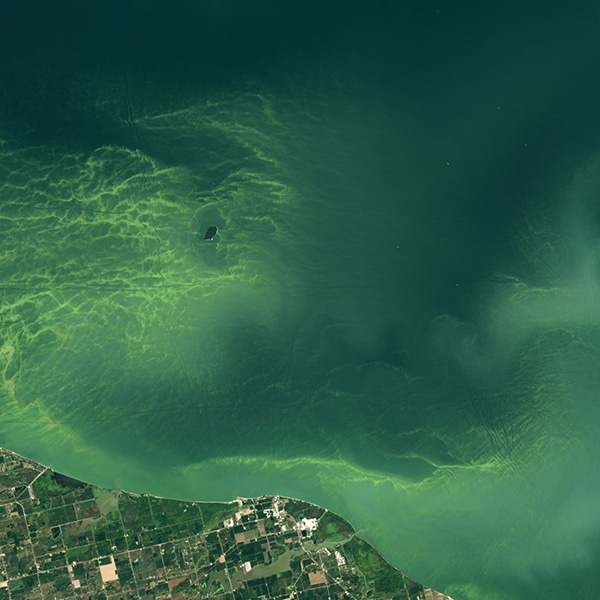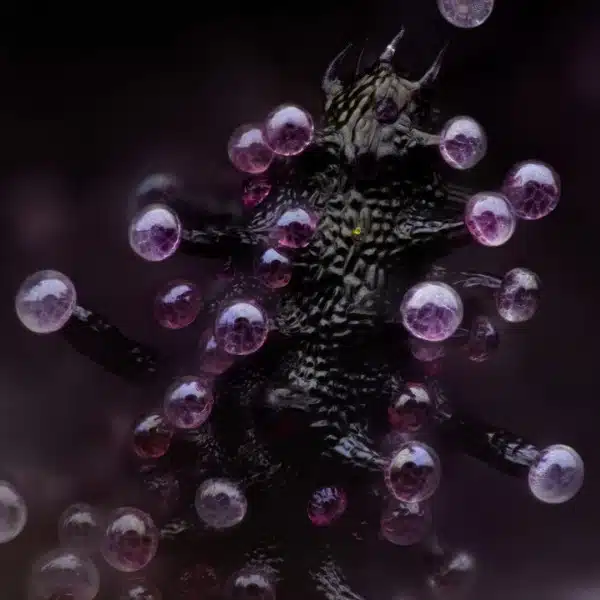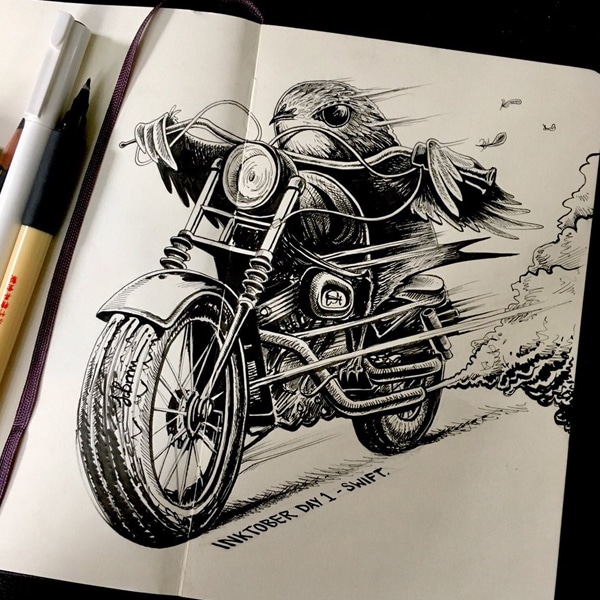
“Kunstformen der Natur” (1904), plate 85 (Photo: Wikimedia Commons [Public domain])
This post may contain affiliate links. If you make a purchase, My Modern Met may earn an affiliate commission. Please read our disclosure for more info.
Today, many science books are full of detailed photos that reveal the intricate parts of plant life, but prior to the invention of photography (and macro photography), it was up to botanical illustrators and researchers to record the fascinating forms of flora and fauna. One scientist who recorded his findings with drawings is Ernst Heinrich Haeckel, a German biologist, naturalist, philosopher, and physician.
Made during the late 19th and early 20th centuries, his brilliantly colorful and highly stylized drawings, watercolors, and sketches reveal how different forms of plant life appear under the microscope. Although each hand-drawn organism looks like something from a science fiction book, Haeckel’s body of work sheds light on the incredible hidden intricacies of real, natural forms that inhabit the Earth.
Who was Ernst Haeckel?
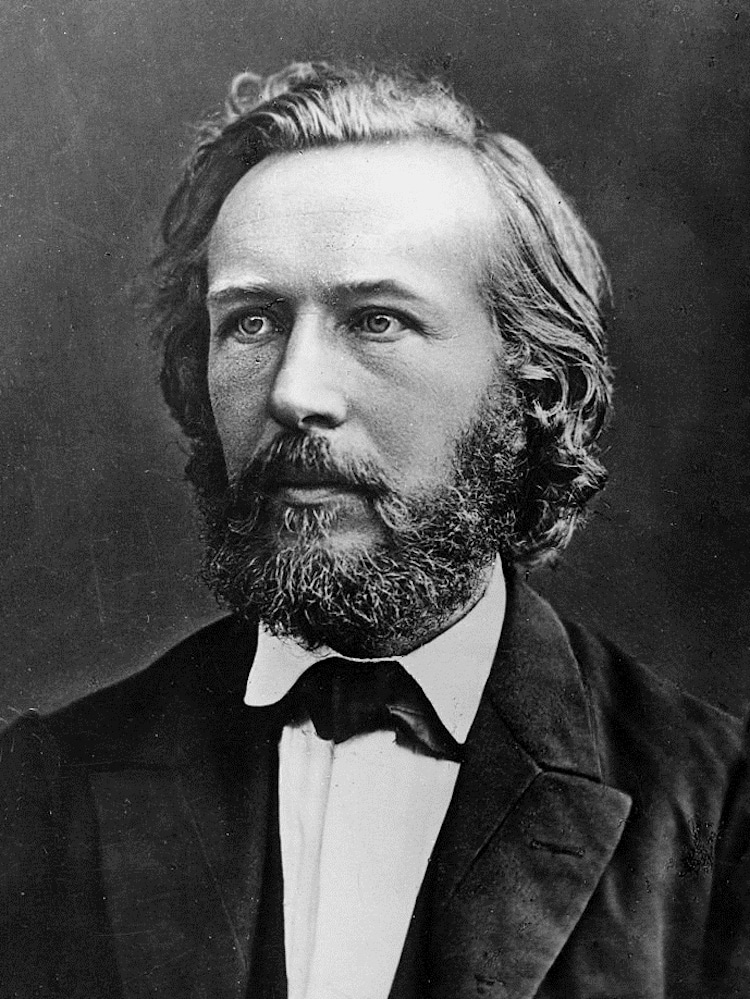
Ernst Haeckel, 1860 (Photo: Wikimedia Commons [Public domain])
In 1859, when Haeckel was 25, he traveled to Italy where he spent time in Napoli discovering his artistic talent. In the same year, he went to Messina where he studied the structures of radiolarians (microscopic protozoa that produce intricate mineral skeletons). He published 59 scientific illustrations between 1860 and 1862, along with the original microscope slides.
The Marriage of Art and Science
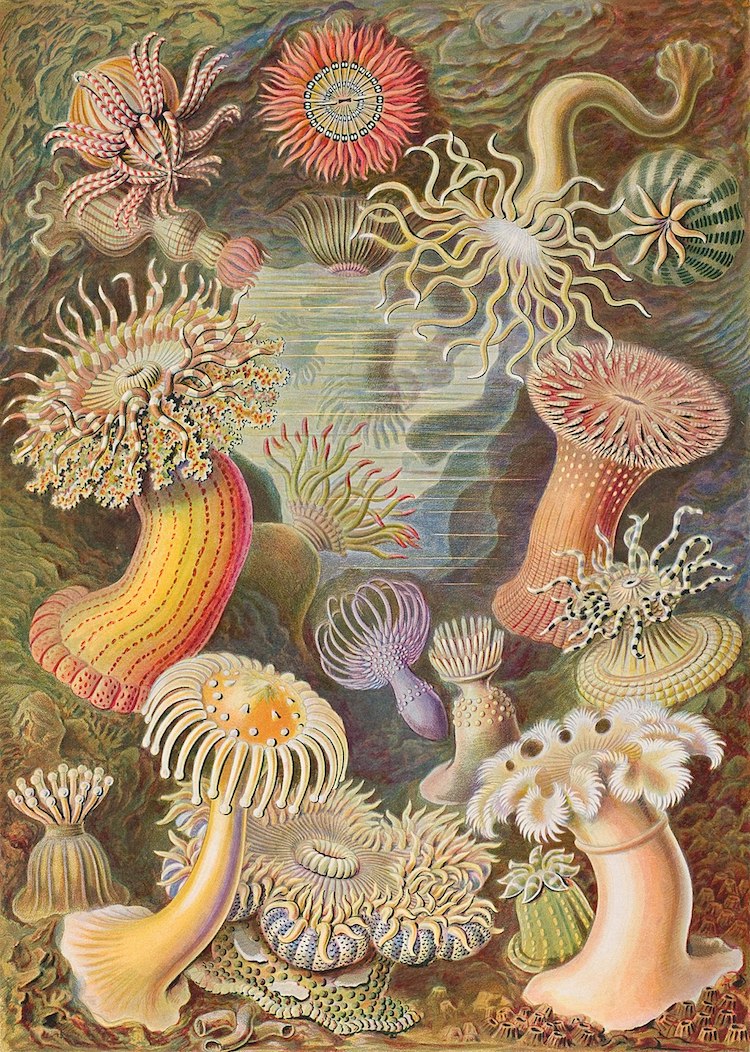
“Kunstformen der Natur” (1904), plate 49 (Photo: Wikimedia Commons [Public domain])
In 1864, Haeckel sent Charles Darwin, two folio volumes on radiolarians. His gothic, white on black drawings impressed Darwin so much that he wrote back to Haeckel to express his gratitude. He said, “[They] were the most magnificent works which I have ever seen, and I am proud to possess a copy from the author.”
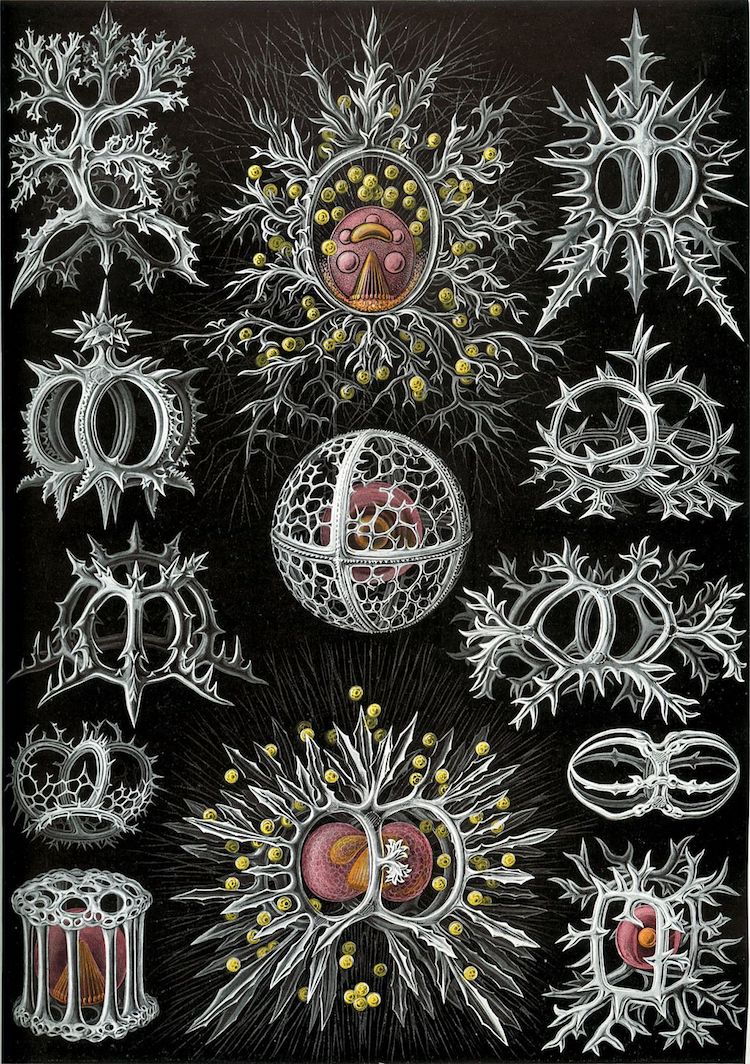
“Kunstformen der Natur” (1904), plate 71: Stephoidea (Photo: Wikimedia Commons [Public domain])
Perhaps his most famous publication is his multi-volume series Kunstformen Der Natur (Artforms in Nature) from 1904, which includes hundreds of highly detailed drawings that became known as a “visual encyclopedia” of living things. In celebration of this series, Taschen recently published a 704-page book, titled The Art and Science of Ernst Haeckel. It features 450 drawings, watercolors, sketches from his research, and a collection of 100 prints of varying organisms originally published between 1899 and 1904.
Haeckel died in 1908 at the age of 85, but his legendary portfolio is still relevant in scientific and artistic worlds today. His work continues to influence scientific research, but it also inspired the art, design, and architecture of the early 20th century. Today, Haeckel’s botanical illustrations continue to inspire and remind us that the natural world is full of beauty and surprising discoveries.
Related Articles:
300-Year-Old Botanical Illustrations and the Art They Inspire Today
19th Century Biologist’s Illustrations of Microbes Bring Art and Science Together
Handwritten 19th-Century Color Guide Poetically Describes Where Shades Are Found in Nature












































































